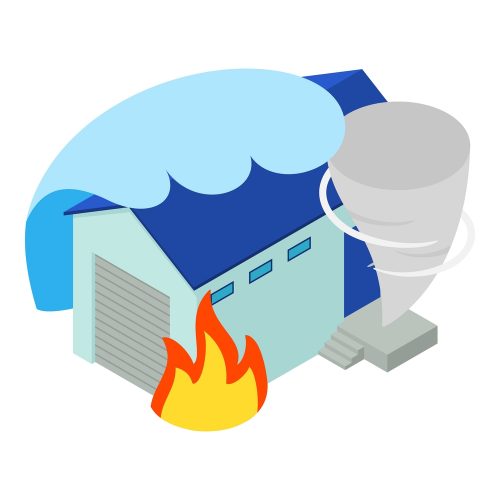How a small group of firms is changing disaster insurance
As natural disasters like wildfires and storms become more severe, many insurance companies are limiting their coverage in certain areas or reducing what they’ll pay for repairs.
A lesser-known part of the financial industry, called reinsurance, is playing a crucial role in these changes. Reinsurance companies step in with large sums of money when disasters, like hurricanes or wildfires, cause widespread and expensive damage that regular insurance companies can’t handle on their own.
At the beginning of this year, almost all reinsurance companies raised their prices. This meant higher costs for insurance companies, including major national carriers like State Farm and Farmers, as well as smaller specialized firms. Negotiations between insurers and reinsurers, including companies like Swiss Re and Odyssey Re, have been tense.
Reinsurers have been losing money in recent years as they competed to offer the best deals to customers. However, last year, they decided that this kind of competition wasn’t worth the cost. The price increases in reinsurance have accelerated changes in an industry grappling with rising uncertainty due to global warming, more intense storms, increased costs of rebuilding after disasters, and higher global interest rates.
Insurance companies have paid out around $40 billion to U.S. customers this year, setting a record for yearly losses. This rising cost affects everyone, from the leaders of large companies to homeowners and small businesses.
Reinsurance prices increased by as much as 40% on January 1, leading insurers to make changes in their offerings. Some insurers stopped accepting new applications for certain policies, and reinsurers specialized in agriculture insurance pulled out of Iowa, where a severe windstorm caused significant damage three years ago.
As a result of higher reinsurance costs, insurers also increased prices where regulations allowed, especially for insuring new developments in places like Denver and Calgary, Alberta, where stick-frame housing is booming.
Severe thunderstorms in the United States have caused nearly 70% of the global losses from natural disasters this year. Experts predict that reinsurance prices will stay high for a significant period, and insurers might need to raise prices even where regulators resist such increases.
With reinsurers pulling back, some insurance companies are exploring alternatives to secure backup funds, such as catastrophe bonds, which let investors provide money for major-disaster losses in exchange for regular payments.
However, not all reinsurers are taking a step back. Recently, Berkshire Hathaway and Citizens Property Insurance Corporation, the state-run insurer in Florida, reached a $1 billion agreement. This is Citizens’ biggest coverage arrangement for traditional reinsurance with a single company to date.
Reinsurers may reenter the market in quest of profits, despite the opinion of some analysts that reinsurance rates could drop earlier than anticipated. This dynamic market means that insurance premiums and disaster coverage are continually changing.


